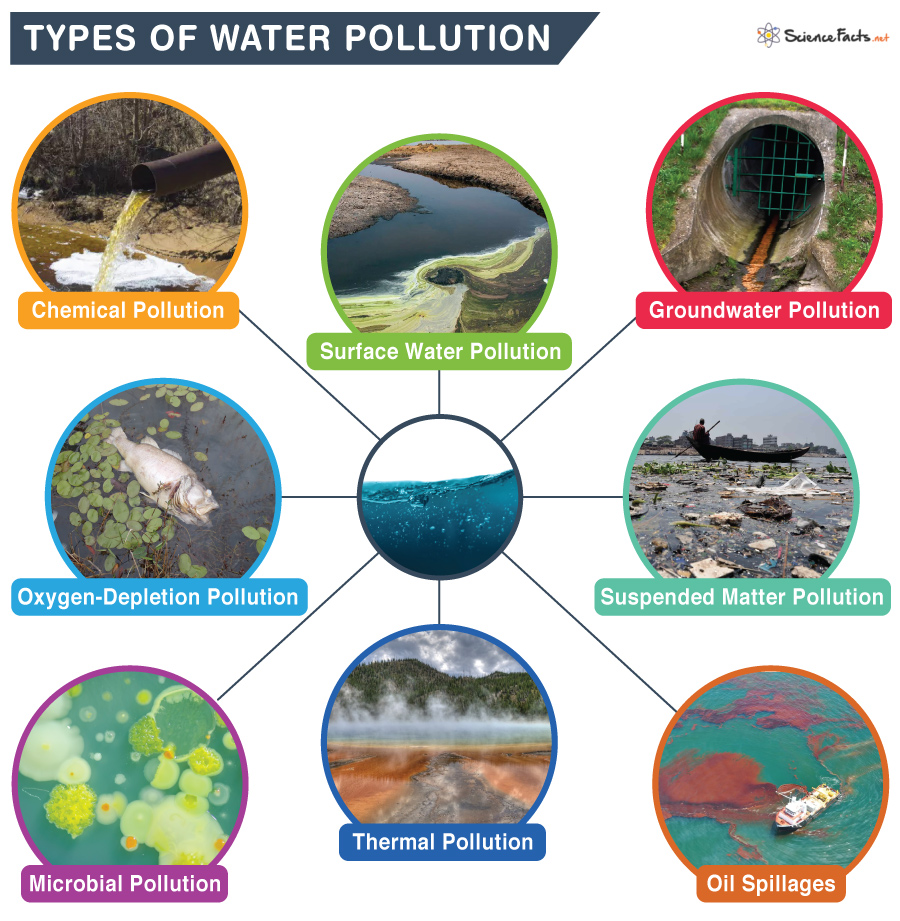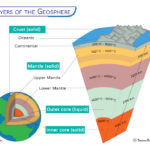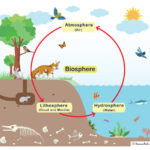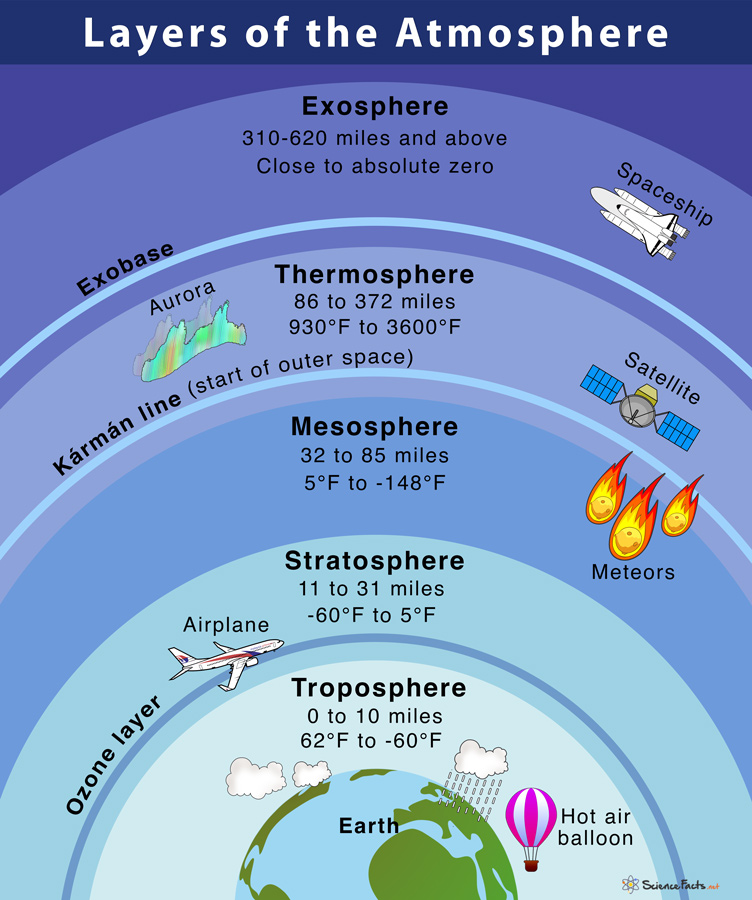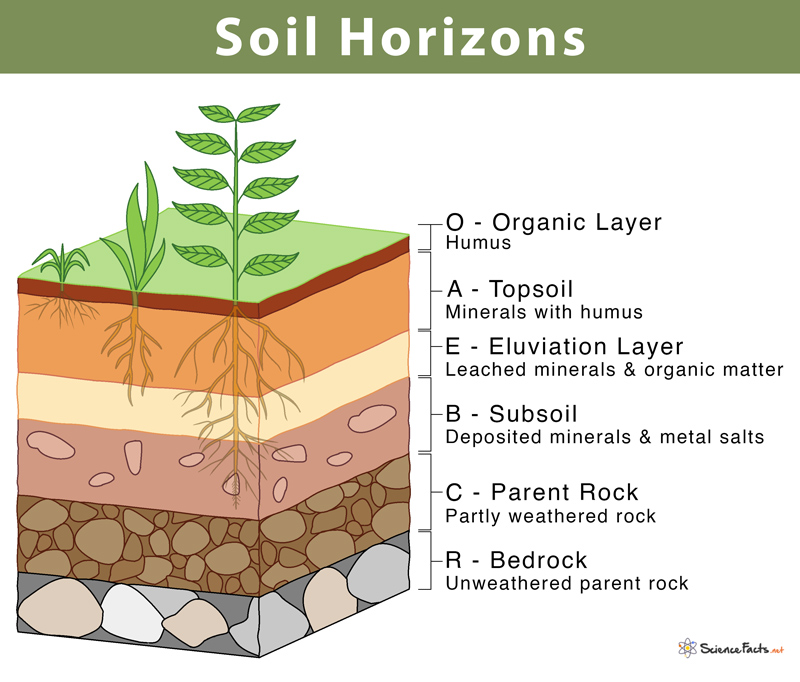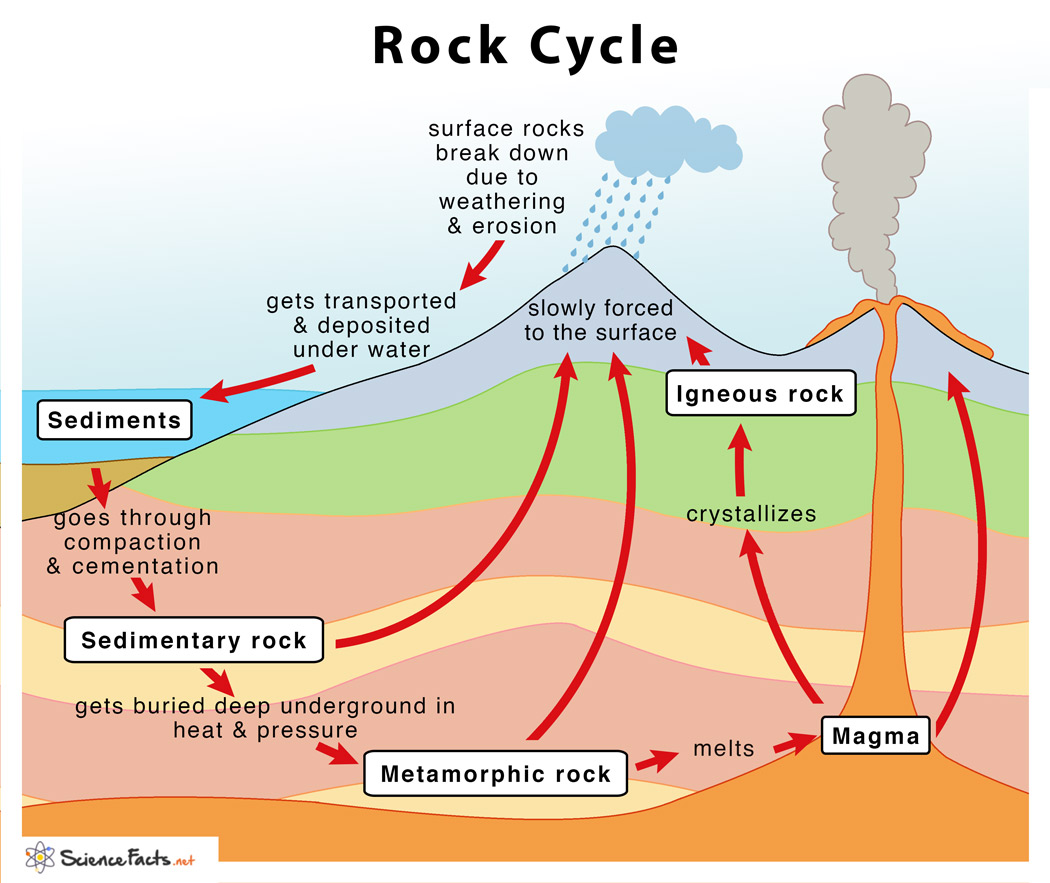Types of Water Pollution
Water pollution is contaminating water bodies such as oceans, seas, lakes, rivers, groundwater, and aquifers with pollutants. It is the most prevalent type of pollution after air pollution.
Generally, water pollution can happen from either point or non-point sources. When contamination originates from a single source, it is called point source pollution. Wastewater discharge into the bodies is an example of such type of pollution. In contrast, non-point source of pollution, like agricultural runoff, occurs from diffuse sources.
However, water pollution on Earth is broadly grouped into the following types:
1. Chemical Pollution
It is the most common type of water pollution. Chemicals from industries end up in the surface water bodies and infiltrate into the underground water, thus contaminating them.
Effluents from the agricultural industries and metal factories also contribute significantly to water pollution.
2. Surface Water Pollution
Surface water refers to all water bodies on the Earth’s surface, such as oceans, seas, lakes, and ponds. When hazardous chemicals mix and contaminate those water bodies, it causes surface water pollution.
It occurs naturally by flooding or during tsunamis that pick up contaminants like fertilizers, pesticides, and debris. Sometimes it also happens accidentally by oil spills or agricultural runoffs and a few intentionally by human activities.
3. Groundwater Pollution
Agriculture effluents are a critical source of groundwater pollution. Fertilizers and pesticides from the agricultural fields percolate into the underground space, thus contaminating the aquifers.
Groundwater also becomes contaminated when landfills and septic systems leach into the ground, thus compromising water quality, which is often extracted from wells or boreholes for drinking purposes.
4. Suspended Matter Pollution
The particulate or suspended matter is released into the water when plastics, rubber, and other artificial materials are improperly disposed of in the water bodies. The suspended particles settle at the bottom or remain at the surface.
As the suspended particles break down into minor particulate matter, they leach out toxic chemicals, which prevent oxygen and sunlight from penetrating the water bodies.
5. Oil Spillages
Accidental oil spills during transportation, runoff, and dumping cause drastic effects on aquatic life. Just one liter of oil pollutes one million liters of water.
Once oil enters the water, it quickly spreads over the surface, which acts like a blanket, preventing sunlight and oxygen from reaching the plants. Thus, plants cannot photosynthesize, and animals feel suffocated due to a lack of oxygen. Oil spillage also smothers the feathers of seabirds and thus prevents them from flying.
6. Thermal Pollution
Heat also acts as a source of water pollution as it reduces the ability of water to hold oxygen (dissolved oxygen). With the increase in temperature, the capability of water to hold oxygen decreases. Thermal pollution also inactivates the fish larvae and eggs in rivers and increases their metabolism.
The cooling discharge from thermal power plants is the primary source of thermal pollution in water bodies.
7. Microbial Pollution
Microbial or microbiological pollution occurs due to excess microorganisms such as bacteria, viruses, and protozoa that cause many water-borne diseases such as cholera and dysentery.
This type of water pollution occurs when untreated water from households, industries, and agriculture runoff into the nearby water bodies making them suitable for the growth and survival of the microorganisms. Humans are most sensitive to this type of pollution.
8. Oxygen-Depletion Pollution
Excess nutrients in the water bodies create an imbalance in the aquatic ecosystem (nutrient pollution). It causes algal bloom (eutrophication), which cuts off the oxygen supply and the source of sunlight for the entire flora and fauna within the water bodies. Chemical runoff from agriculture and industries is the main source of nutrient pollution in water bodies.
The depletion of oxygen in the water bodies kills aerobic organisms. In contrast, anaerobic animals thrive in such environments by producing ammonia, sulfides, and other harmful toxins, which can make the water even unfit for the survival of regular aquatic animals.
Effects of Water Pollution
Pollution affects both human and aquatic life. Some of the common as well as adverse effects of polluting water bodies are:
Effects on Human Health
Adding contaminants to water bodies has affected human health in several ways. According to the World Health Organization (WHO) report in 2019, almost 785 million people lack access to essential drinking water.
Water pollution is the primary cause of diseases in humans. WHO recorded almost 120,000 cholera-related deaths annually. Also, the prevalence of thyroid cancer in exposed infants increased by nearly 70% after the Fukushima tragedy. Also, heavy metal accumulation can cause many health issues, such as cancer and human hormone disruption.
Health issues like hepatitis, skin rashes and respiratory infections are also attributed to water pollution.
Death of Aquatic Life
Aquatic plants and animals are the groups most affected by polluted water. When water pollution causes algal bloom, it creates dead zones, which starve organisms of oxygen, causing their death. Chemicals and heavy metal pollution reduce the reproducing ability of aquatic animals and thus pose a threat of extinction.
According to the data obtained from the Center for Biological Diversity, the 2010 oil spill on the Gulf of Mexico harmed over 82,000 birds, 25,900 marine animals, 6165 sea turtles, and many fish populations.
Disruption of the Food Chain
The introduction of pollutants and their biomagnifications at each level of the food chain causes poisoning and death of organisms at different trophic levels. In some cases, an entire population of a particular trophic level is wiped out, causing excessive growth of the organisms in the previous trophic level and their elimination in the following group(s).
Economic Effects
With water pollution, the availability and supply of clean drinking water shortage become a significant issue. In such cases, contaminated water is treated, purified, and made fit for drinking purposes. It increases the cost of livelihood.
Also, water-borne diseases can spread rapidly, causing epidemic or pandemic-like situations. It causes death, thus adversely affecting the balance of the ecosystem.
-
References
Article was last reviewed on Saturday, February 25, 2023

